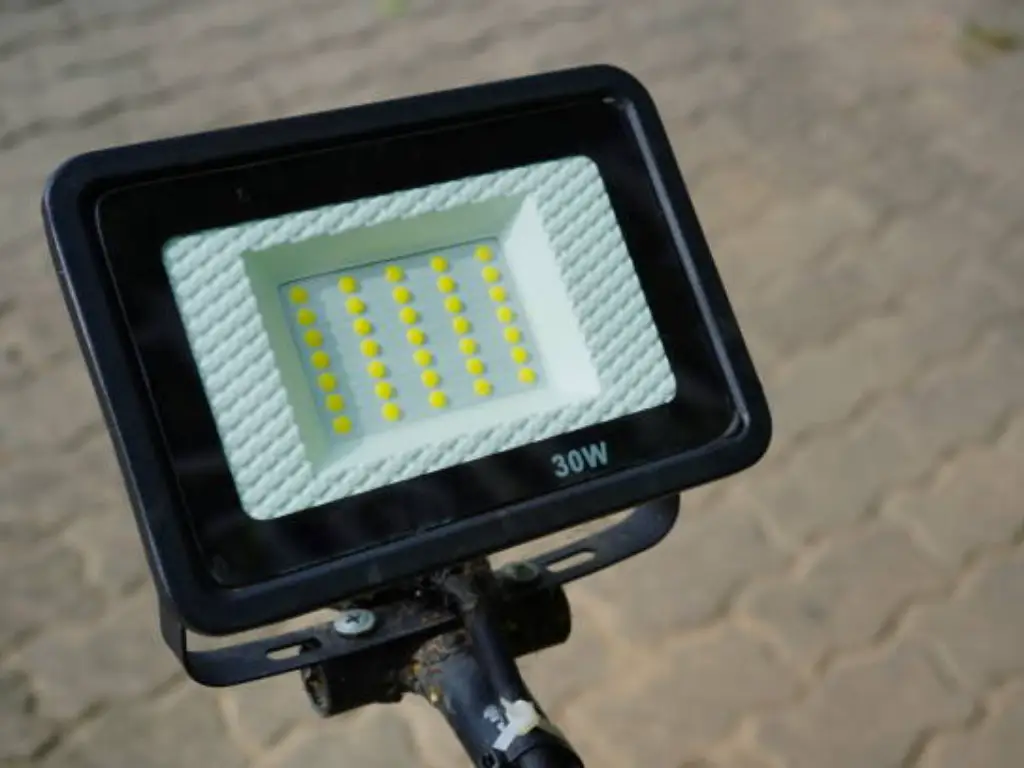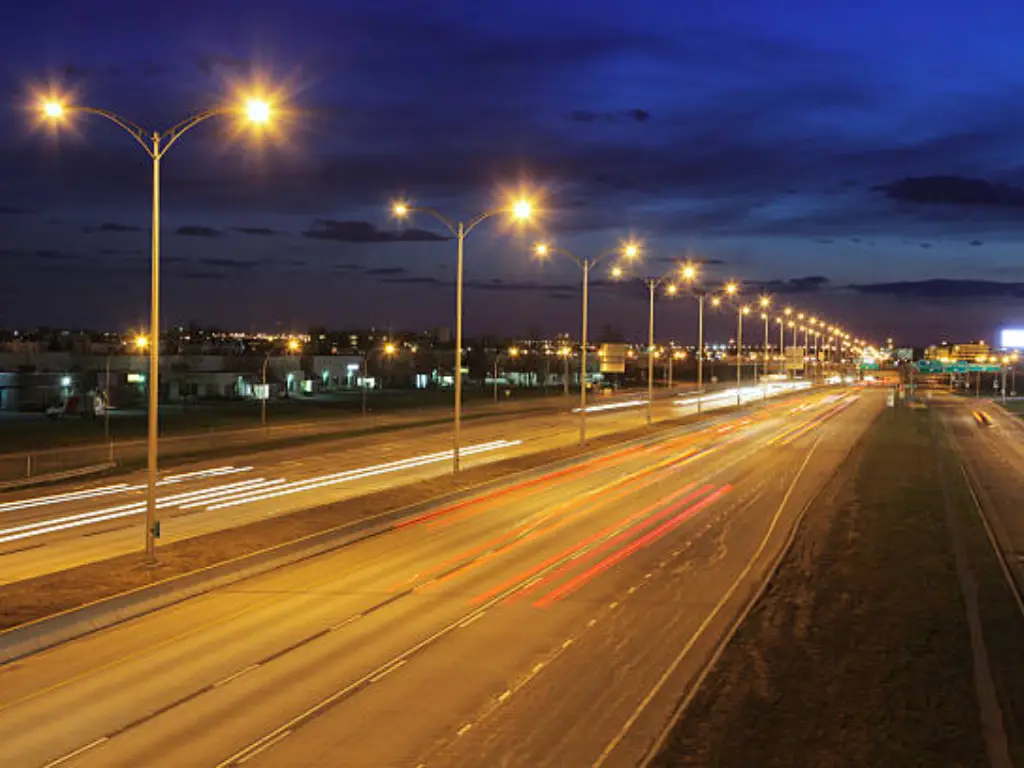Introduction
With the continuous advancements in modern technology coupled with increased focus on the environment, efficiency, and overall sustainability, Light Emitting Diodes (LEDs) play a crucial role in transformation. In 1962, when pioneering scientist Nick Holonyak invented the first LED, it was a niche technology, however, LEDs have now permeated almost every aspect of modern life, as can be seen on the dazzling LED displays illuminating Times Square, or even as an indicator light blinking on your microwave.
Because of its versatility and inherent advantages, LED technology has rapidly transformed the general lighting composition across households, businesses, and even public spaces. The development of advanced semiconductor materials like gallium phosphide has replaced conventional light bulbs and expanded the range of possibilities offered by LED further. This makes modern society completely reliant on this technology. This article aims to provide an understanding of the fundamental workings of LEDs, their applications across various sectors, and how to make an informed decision when selecting LED solutions.
How LED Technology Fundamentally Works
An LED is one type of light-emitting diode that functions as a semiconductor device and emits light when an electric current flows. This phenomenon is known as electroluminescence, and it takes place in the LED semiconductor material, which consists of several elements such as gallium and arsenic, among others. Their structure is made of two major components: semiconductor material and p-n junction, all of which are essential for carrying out the function.
If a forward voltage is supplied across this junction in the forward direction, electrons, which in this case are from the n-type material, will be able to cross the junction into the p-type material. These electrons in p-type material come across “holes.” An electron, when it combines with a hole, releases energy, which is released in the form of a photon or light. Thus, the emission of light is direct and effective, and the operation of LEDs differs from traditional incandescent light sources, especially since no current flows in the reverse direction.
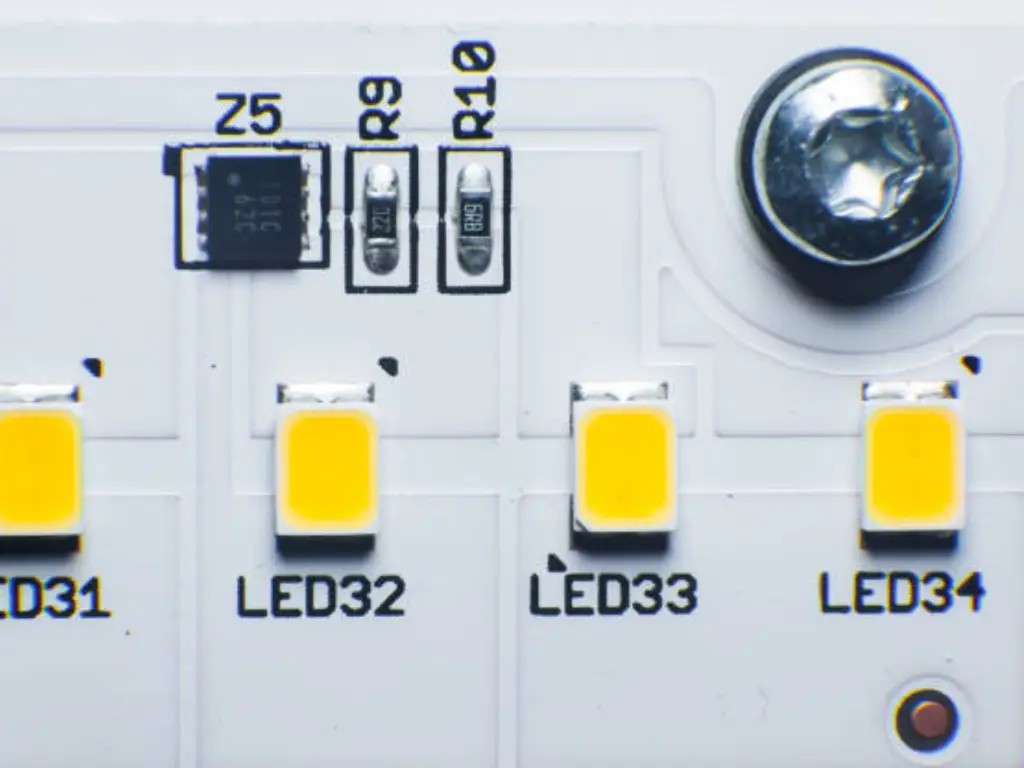
The wavelength or frequency of the emitted light depends completely on the energy gap of the semiconductor used. The varying combinations of elements result in different energy gaps, and semiconductor LEDs are made that emit different colors of light in the visible spectrum, in addition to emitting infrared and ultraviolet light. LEDs are also more efficient than traditional incandescent lightbulbs, which emit light as a byproduct of heat, since LEDs directly produce light.
Additionally, the fact that LEDs emit light in a certain direction can be useful in a lot of uses, reducing the need for reflectors, further improving efficiency. This directional use is also the main reason a low-wattage LED bulb can replace a traditional bulb of much higher wattage. While being switched on, they also produce significantly less heat compared to other light sources, adding to their safety and longevity, especially when paired with a heat sink for optimal performance.
Why LEDs Shine So Brightly? Unpacking the Core Advantages
LED technology is fast gaining acceptance worldwide and is not for no reason. There are strong benefits that meet the important needs of numerous industries and even consumer uses.
Unmatched Energy Efficiency: Saving Costs and Resources
The most appreciated benefit of LEDs is their energy-saving capabilities. The energy usage of ENERGY STAR LEDs is significantly lower than incandescent bulbs, since LEDs provide a much higher luminous efficacy when compared to incandescent and CFL light sources.
For example, instead of a 60-watt incandescent bulb, a consumer can use a 10-12-watt LED light bulb that has the same brightness. Therefore, over time, these components greatly improve energy efficiency, decreasing the overall electricity expenses for households and the broader energy expenditure of organizations and city administrations.
LED lights have the capability of completely changing the approach toward federally funded building renovations, as losing and replacing the integrated lighting annually costs enormous amounts of money. With most countries adopting LED light aids, studies show that the global energy expenses regarding lighting can be reduced by over 50% while simultaneously decreasing the amount of greenhouse gases.
Exceptional Longevity and Durability: Reducing Maintenance Hassles
Another fundamental benefit of strings of LEDs is their extremely enhanced longevity. Compared to traditional light sources like incandescent lights, which last approximately 1,000 hours, and fluorescent bulbs that reach 10,000 hours, high-quality LEDs can endure for 25,000 to 50,000 hours or longer. This longevity highly decreases the maintenance costs due to the lesser need for bulb replacements, especially for extensive installations like street lights or lighting in industrial buildings.
Additionally, LEDs are considered solid-state electronics, meaning they lack a filament that can burn out or a fragile glass housing that can shatter, unlike fluorescent lamps that may have more vulnerabilities. Effective thermal management is crucial because of this durability, making LEDs suitable for use in harsh environments or applications where reliable performance is critical.
Greener Illumination: Environmental Benefits of LEDs
Unlike fluorescence bulbs, LEDs do not use mercury, which is an ecologically dangerous element that poses a serious threat during disposal; however, it is important to note that UV light exposure can be a concern with some types of LEDs. The use of power here is also lower, meaning there is a smaller carbon footprint as less electricity needs to be generated from power plants, many of which still need to use fossil fuels.
In addition, less waste is created over time because of the long lifespan of the bulbs. The transition to LED lighting is a major contributor to better sustainable practices and lessening the environmental harms caused by lighting.
| Feature | Incandescent Bulb | Fluorescent Bulb | LED Bulb |
| Energy Efficiency | Low | Moderate | High |
| Lifespan (Hours) | ~1,000 | ~10,000 | 25,000 – 50,000+ |
| Mercury Content | No | Yes | No |
| Durability | Low | Moderate | High |
| Heat Generation | High | Moderate | Low |
Types of LED Technology
As with any technology, the field of LED is growing rapidly, which means that there are now different types of LEDs designed for specific purposes. Here is a short overview:
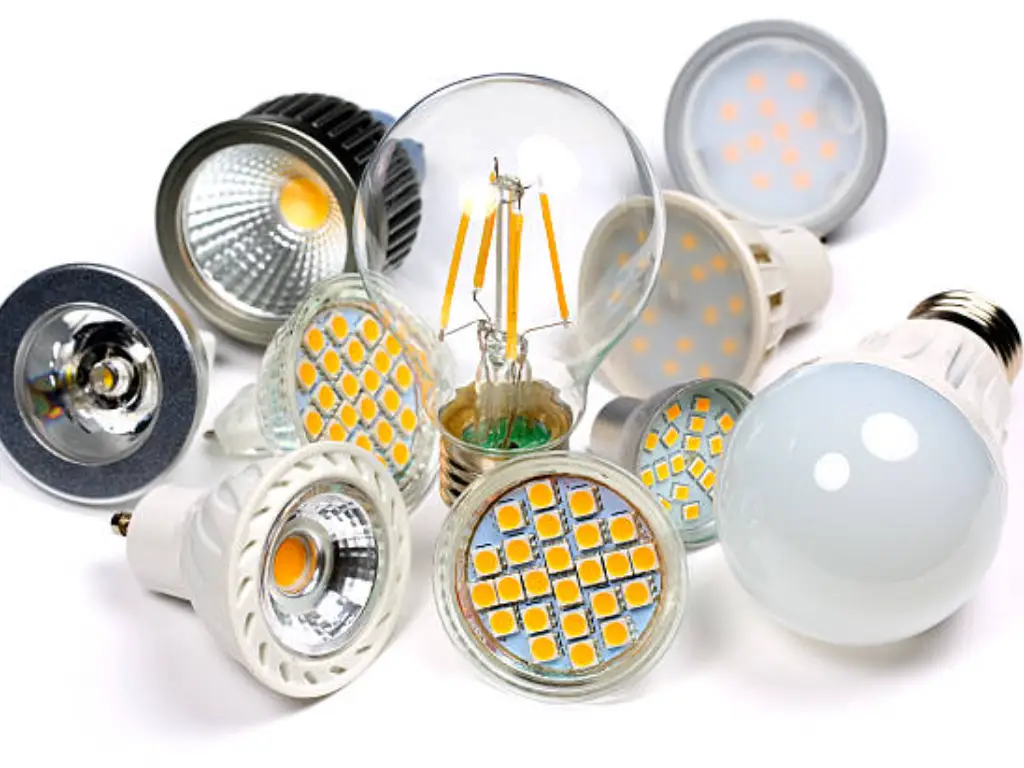
* Single-Color, RGB, and White LEDs:
* Single-Color LEDs: Single-color LEDs radiate light with a specific wavelength, which leads to the generation of a single color of light. The light emission takes place when electrons and holes recombine in the active region of the semiconductor material. The types of light that can be produced solely depend on the semiconductor materials utilized, thus it’s possible to apply them in indicator lights, signboards, and also for decorative purposes.
* RGB LEDs: These LEDs contain three tiny LED chips, that is, red, green, and blue integrated in a single package. These multicolored LEDs have the ability to emit multiple colors of such grade whose illumination may be changed by varying the brightness of each chip to be used, hence they are perfect for full-color displays and dynamic lighting applications of LED.
* White LEDs: These light emitters do not emit white light. Usually, they incorporate one of two processes: applying a blue LED with yellow phosphor (the phosphor absorbs some of the blue light and emits yellow, which, when polymerized with blue, creates white light) or combining red, green, and blue LEDs in certain proportions. The phosphor material and type of LED used have a considerable influence on the quantity and the attributes of the white light emitted.
* Innovations in OLED and Quantum Dot LEDs:
* OLEDs (Organic Light Emitting Diodes): OLEDs are used with organic compounds that emit light when electricity is sent through them. With OLEDs it is easier to make thinner and more flexible displays, obtain higher contrast ratios, wider angles of view, and they also have higher or equal values inside the rest of the Display. While A display technology, organic lighting is emerging as a promising technology.
* Quantum Dot LEDs: These are made of semiconductor nanocrystals called quantum dots with emit light depending on their size. To improve color and display efficiency, Quantum Dots can be tuned to reproduce highly pure and saturated colors, and because of this ability, their use in future lighting devices is also possible.
Application of LED in Everyday Lighting
We utilize LED technology for lighting, which has drastically changed the way our houses, offices, and other facilities are illuminated.
LEDs in Homes, Offices, and Retail
In private homes, fixture and bulb LEDs have become the default selection due to their reduced energy usage and longer lifespan. Whether it is ambient lighting in living rooms or task lighting in kitchens and study rooms, LEDs are available in a wide range of color temperatures and brightness levels to meet expectations. Furthermore, their small size and flexible design enable lighting innovations.
In retail and office settings, LED lighting is important for productivity, visual comfort, and aesthetics compared to traditional lighting. The use of light in having the right office lighting may lower existing eye problems and improve focus, while strategically positioned LED lighting in retail stores improves atmosphere and increases sales by spotlighting the merchandise. Additionally, the longevity of LEDs reduces disruption and the cost of maintenance in these heavily utilized locations.
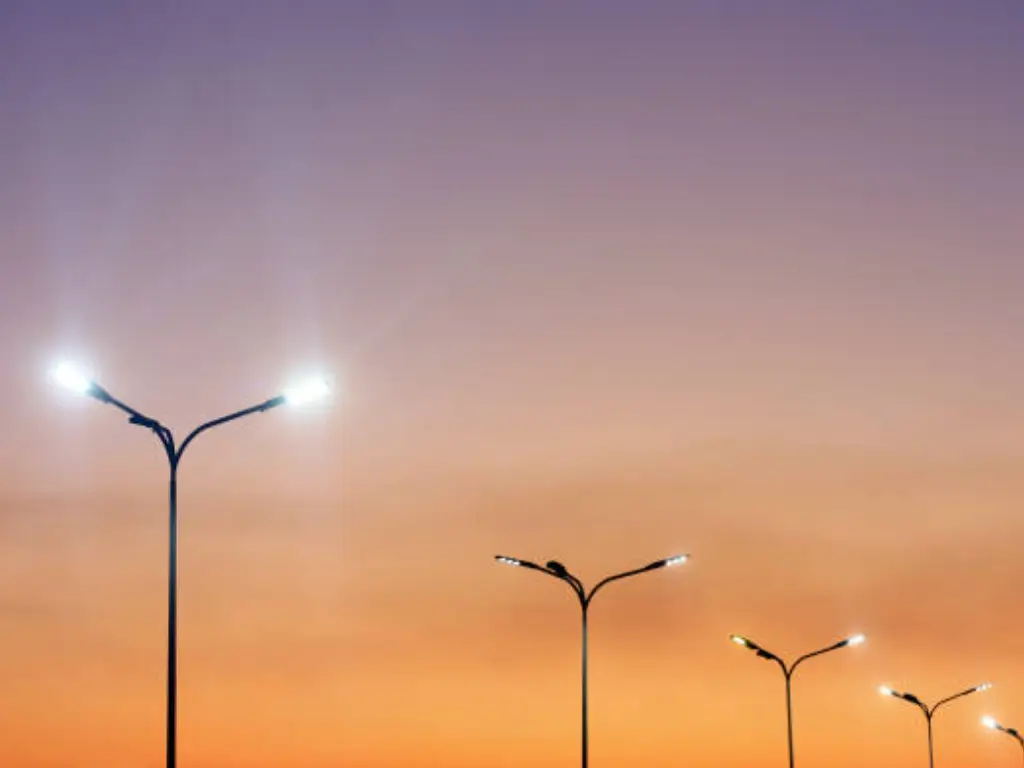
Outdoor Lighting: Safety, Aesthetics, and Performance
With the use of LED technology in outdoor lighting, performance and safety have increased significantly while also improving aesthetics.
- Street Lighting: Compared to traditional high-intensity discharge (HID) street lights, LED street lights are more energy-saving, last longer, and have better quality of light. They help drivers and pedestrians see better, which increases clearly on roads and sidewalks. The application of LED light behind the traffic signal lenses, particularly for red lights, has also greatly improved safety and visibility at intersections. In addition, their light output is highly directional, thus reducing light pollution and protecting wildlife and stargazers.
- Park and Landscape Lighting: Parks, gardens, and other recreational spaces are best illuminated with LEDs. They offer operational cost savings when compared to energy expenses and greater reliability compared to traditional bulbs during varying weather conditions. Furthermore, LED lights can be used creatively to highlight architectural components, pathways, and greenery with landscape lighting.
- Architectural Lighting: The use of LEDs to illuminate building facades and landmarks is becoming a common practice due to the spectacular aesthetic effects. These lights are inexpensive and environmentally friendly when it comes to architectural lighting as they can be designed in virtually any color, are incredibly energy efficient, and offer a stunning array of color choices.
- Sports Stadium Lighting: High-powered LED floodlights are in the process of replacing Metal Halide Lamps in Sports Stadiums due to their floodlights having a great capability of output. Unlike their traditional foes, LEDs can be turned on instantly, have no flicker (This is very important when it comes to slow motion replays), alongside having exquisite color rendering. All these advancements enhance the audience of the stadium or the viewers of the television. Because of energy efficiency, a lot of money can be saved by the operators of the stadiums as well.
| Feature | LED Lights | High-Pressure Sodium | Metal Halide |
| Energy Efficiency | High | Medium | Medium |
| Lifespan | Very High | Medium | Low |
| Light Quality | Excellent | Fair | Good |
| Color Rendering Index (CRI) | Good to Excellent | Poor | Fair to Good |
| Warm-up Time | Instant | 5-10 minutes | 5-15 minutes |
| Dimming Capability | Yes | Limited | Limited |
| Environmental Impact | Low (no mercury) | Low (no mercury) | Medium (mercury) |
Industry and Infrastructure: Heavy-Duty LED Solutions
LEDs have proved to be highly effective at saving industrial and infrastructure applications where the most demanding performance, durability, and reliability are required.
- Industrial Lighting: In factories and storage warehouses, safety is greatly improved by the use of LED High Bay and Low Bay fixtures as they provide illumination that is bright and uniform. Their long lifespan allows for less maintenance in often inaccessible areas, which greatly reduces the disruptions during maintenance. During movement in industrial settings, products getting knocked about and vibrations is a common occurrence; therefore, these LEDs being impact-resistant is a big advantage.
- Hazardous Location Lighting: For environments that have the threat of flammable gases, vapor, or dust, special LED fixtures that are explosion-proof exist. Such lighting would be better than the traditional ones in these areas as they pose a lower risk of ignition due to a lesser heat emissions.
- Tunnel and Bridge Lighting: Lastly, having remarkable features like offering illumination and visibility, LEDs are also helpful for drivers as they make it easier for them to identify obstacles when they are inside tunnels and on bridges. When in these harsh environments, the durability, along with having a long lifespan helps in reducing maintenance needs.
- Mining and Construction: Construction and mining sites need powerful and durable work LED lights. These lights are perfect for these applications due to their durability, high energy efficiency (enabling extended periods of battery-only operation), and exceptional light output.
- Medical Devices: Modern healthcare settings demand the utmost precision in the application of light, especially for signal lights in medical equipment. Their reliability, energy efficiency, and capacity to emit particular wavelengths render them most suitable for diagnostic tools, surgical lights, and patient monitoring devices where accuracy is of the essence.
The Visual Impact: Application of LED in Display Technologies
Beyond general illumination, LEDs have fundamentally transformed the world of displays. From the smallest smartwatch screen to the largest digital billboards, LEDs are the backbone of modern visual technology. The vibrant colors, high brightness, energy efficiency, and long lifespan of LEDs make them ideal for television screens, computer monitors, smartphone displays, and tablets. OLED and Quantum Dot LED technologies are further pushing the boundaries of display quality, offering even better color accuracy, contrast ratios, and energy efficiency. The use of LEDs in digital signage and advertising displays allows for dynamic and eye-catching content delivery, making them an indispensable tool for marketing and communication.
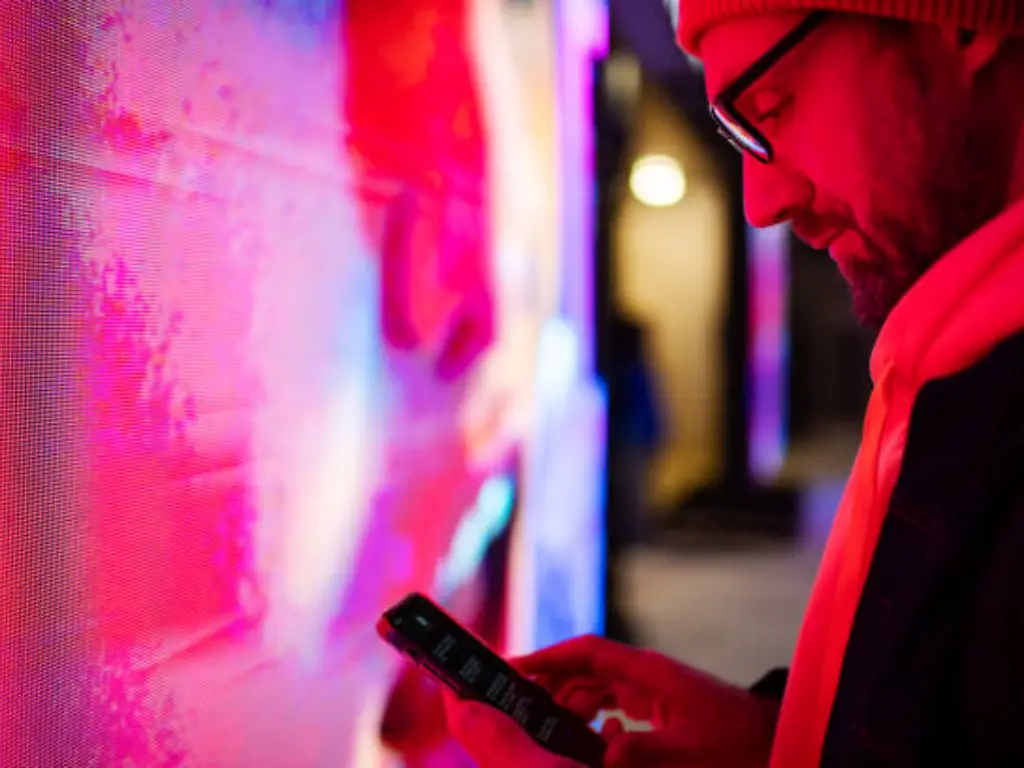
Specialized Application of LED: Pushing Technological Boundaries
The consumption of electrical energy pertaining to specialized fields, as well as industrial lighting and display applications, is far more economical compared to traditional solutions. Such fields are increasingly relying on the specialization of LED technology.
LED in Medical Treatments and Diagnostics
LEDs are currently being applied in medicine in a plethora of ways. For instance, phototherapy makes use of an LED’s specific light wavelengths for the treatment of neonatal jaundice, skin ailments, and even some cancers. Additionally, LEDs are now being used in diagnostic instruments for non-invasive detection of numerous health indicators. The benign emission of heat from direct diodes and their narrow wavelength output make LEDs safe for use in medicine. This development marks a new step in light therapy.
The Role of LED in Advanced Agricultural Growth Systems
Multicolored LED grow lights are becoming increasingly popular in vertical farming and controlled environment agriculture. The ability to scale and nearly precisely customize the light spectrum, intensity, and duration makes LEDs particularly useful for growers with specific lighting conditions tailored to certain plant needs. This innovation is invaluable for urban settings and other places with minimal cultivable are, as it allows for food to be grown efficiently and sustainably through precise illumination strategies.
LED in Data Communication (Li-Fi) and Sensing
The application of LEDs goes beyond visible light – data communication, particularly through optical fiber, is one of the new fields being explored. Li-Fi is a new paradigm for wireless communication that transmits data through the light emission of an LED. It is beneficial for high-speed secured data transfer in places where radio waves could be problematic, such as hospitals and airplanes. LEDs are also used in various sensing applications such as motion detectors and optical sensors, making use of their ability to emit and capture light.
Navigating Your LED Choices: Key Factors for Optimal Performance
Selecting the appropriate LED for a particular use requires some parameters to be taken carefully into account, such as the following:
* Lumen Output: A measure measuring lumens, which represents the light’s power. Pick the appropriate lumen output value corresponding to the application’s illumination requirements.
* Color Temperature: Defined in Kelvin as the measurement unit (K), describes the light’s coolness or warmth. For example, forum 2700 (K) to 3000 K is good for warm locations, whereas 4000 K to 5000 K is cooler and is used for commercial and task lighting.
* Color Rendering Index (CRI): Represents the degree of closeness of a given light source to natural sunlight in terms of reproduction of the color of objects. Generally, a higher value of CRI is recommended above eighty for color-accurate applications.
* Power Consumption (Wattage): Denotes the consumption of energy in the form of power by the LED value denoted in watts. If the generation of lumens is almost the same but the pointer of consumption watts is lower, it means high energy saving.
* Lifespan: The duration the product is expected or designed to last in operation is particularly essential for LEDs that are positioned or installed in hard-to-reach or expensive to reach locations.
* IP Rating: As it pertains to outdoor and industrial use, the Ingress Protection (IP) rating measures the degree of protection from dust and water the product is designed for. Consider picking an IP rating depending on the conditions of the environment.
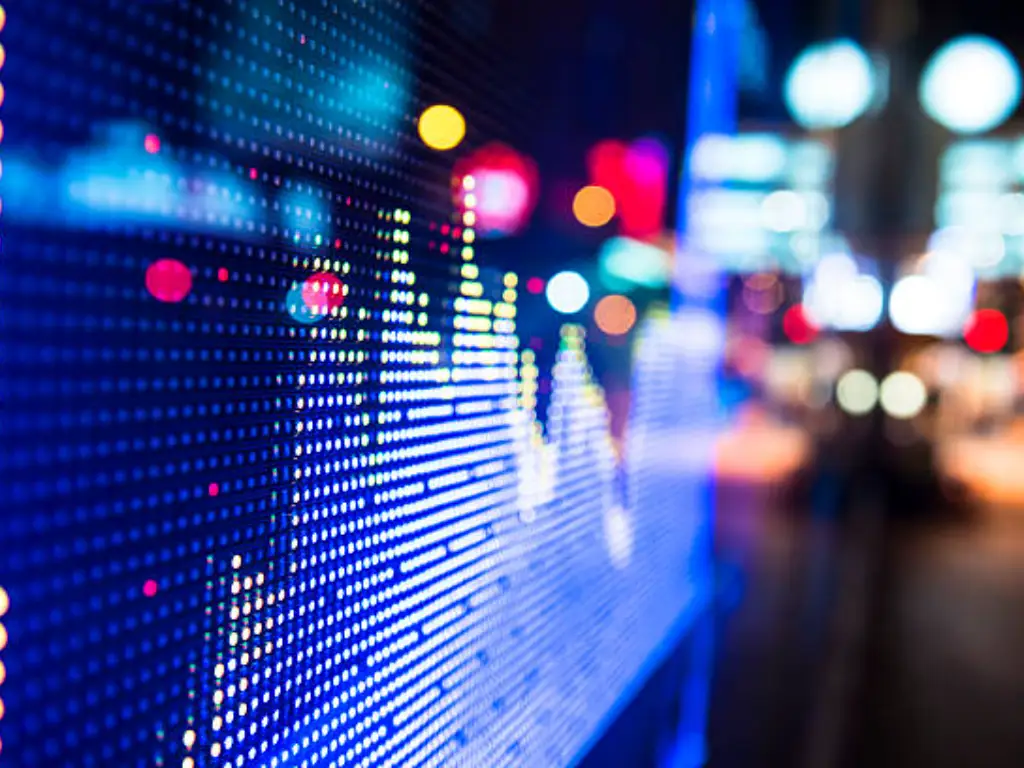
Partnering for Excellence: Why Wosen is Your Trusted Outdoor LED Expert
Wosen has been a reliable partner for customers looking for thorough, high-quality LED lighting solutions for 33 years, and we put great importance on customer satisfaction. In our state-of-the-art production plant, we develop and produce quality-assured LED and solar lights, fully utilizing advanced manufacturing technologies. Every mid-to-large-scale project has unique needs and objectives, which is why we provide comprehensive OEM service that gives you the freedom to design the perfect lighting solution for your brand and your project.
Whether it is powerful LED flood lights for vast areas, energy-saving recessed LED lights for indoors, or durable LED lights for streets, Wosen has the necessary skills and capabilities. We offer extensive customization options, such as appearance and material selection from durable aluminum, explosion-proof and UV-resistant lampshades, to more precise lighting functions of brightness, beam angle, and color temperature. Protection from various levels of input and output electrical specifications, along with warranty and brandable product packaging, is also available.
To gain a competitive edge over rivals, businesses can work with Wosen for private mold development and exclusive product design. Our exemplary compliance with international quality standards for UL, TUV, RoHS, and ISO9001 enables Wosen to outperform over 90% of industry competitors. When you choose Wosen, we guarantee reliable lighting solutions for streets, gardens, and residential areas while ensuring sensitive information is protected. Make the smartest choice today for exceptional performance and value.
Conclusion: Embracing the Limitless Potential of LED
No matter where you look, LED products are practically everywhere, and they continuously illuminate our surroundings. The advancements made in multifunctional industries are growing by leaps and bounds, and the LED remains at the forefront of innovation. From advanced display systems to everyday bulbs, LEDs are ideal for nearly any application due to their remarkable energy efficiency, long life span, impact resistance, and minimal ecological effect.
With each passing day, new materials such as gallium phosphide are being developed which increases the effectiveness of an LED, power supply, making it easier to mass produce. The attempts made by Nick Holonyak and other technologists who manufactured the first LED devices for commercialization are being enhanced through modern technology. The progressing world of technology, with all the surprising and revolutionary power it possesses, will amplify the significance of LEDs and could use them in innumerable ways.

